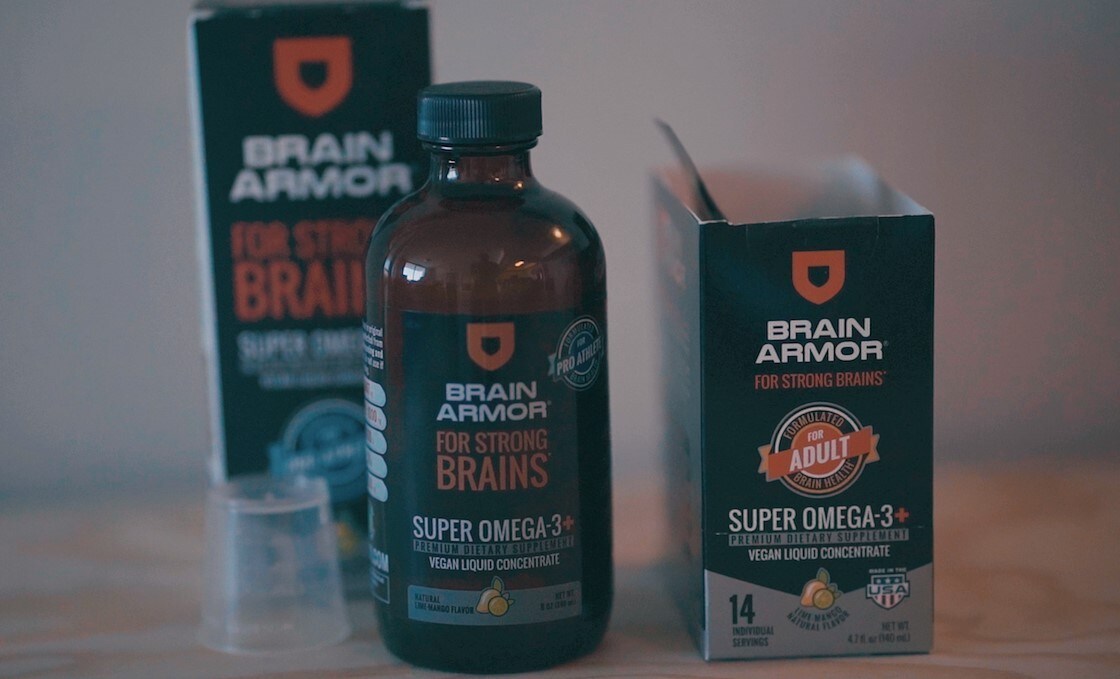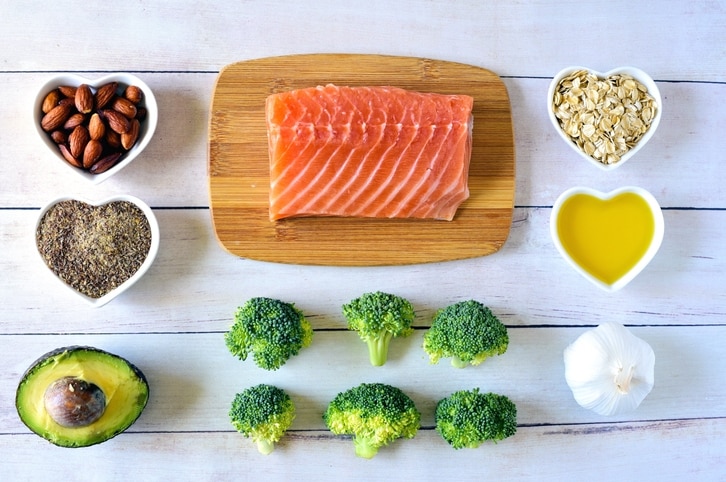People today are living longer, which is great, but we don’t just want our parents to be around, we want them to be healthy too. As our parents age, the gradual decrease in physical and mental capacity can impact their quality of life. Therefore, maintaining healthy habits, such as meeting omega-3 requirements, throughout the second half of their lives is essential, so that they can focus on more important things, like grandchildren!
What are Omega-3s?
Omega-3 fatty acids are a type of essential polyunsaturated fatty acids. There are lots of different omega-3s, but three that are key and heavily researched are: eicosapentaenoic acid (EPA), docosahexaenoic acid (DHA) and alpha-linolenic acid (ALA). These particular fat molecules are so highly praised because our body is unable to make these fats at significant levels by itself (that’s why they are known as ‘essential’ fatty acids). ALA is found in plant sources of omega-3, for example nuts, linseeds and green leafy vegetables. The more highly unsaturated omega-3s, DHA and EPA, are found in oily fish including salmon, mackerel, tuna and sardines. One note about ALA, it can convert to DHA and EPA in our body, but at a very inefficient rate.
Heart Health
We have all heard that too much salt and junk food isn’t good for our heart, but have you heard about role omega-3s have in supporting a healthy heart? Research has found that a higher intake of omega-3s supports the heart’s ability to pump blood, as well as increasing HDL (‘good’) cholesterol, so ensuring that our parents are receiving an adequate omega-3 intake is essential for their good health.
A randomized trial conducted in Japan found that consuming omega-3s reduced the risk of major coronary events, like strokes and heart attacks by 19 percent. So, how much fish and plant sources of omega-3s should we be consuming to support heart health? The Heart Foundation recommends that every Australian should be getting at least 500 mg of omega-3 per day (from either food or supplements). Additionally, it is also recommended that people who have a high risk of heart disease should be taking at least 1,000mg of omega-3 each day.
4 Tips to Increase Omega-3 Intake
Now you know the facts to why you should be ensuring that your loved ones are meeting their weekly target of DHA and EPA omega-3s (500mg/per day), achieving that target can be easy! Fish is one of the best natural sources of omega-3 fats. It’s also rich in protein for maintaining muscle mass. Make sure that those you care for are eating 2-3 servings of fish per week by following these simple tips:
- Bake some salmon for dinner which is one of the richest sources of omega-3.
- Canned tuna is an incredibly handy lunch option, with approximately 350 mg of omega-3 per serving.
- Many baby boomers have great memories of sardines on toast. Sardines are an excellent source of omega-3, with a whopping 2,400mg/100g. This can make a quick, easy and nutritious meal.
- If your loved ones are struggling to meet their requirements of omega-3 rich foods, add an algal DHA omega-3 supplement to their daily routine, or look for foods and beverages fortified with algal DHA and EPA.
However, always encourage them to speak to their health care practitioner before adding a supplement to their daily routine.










